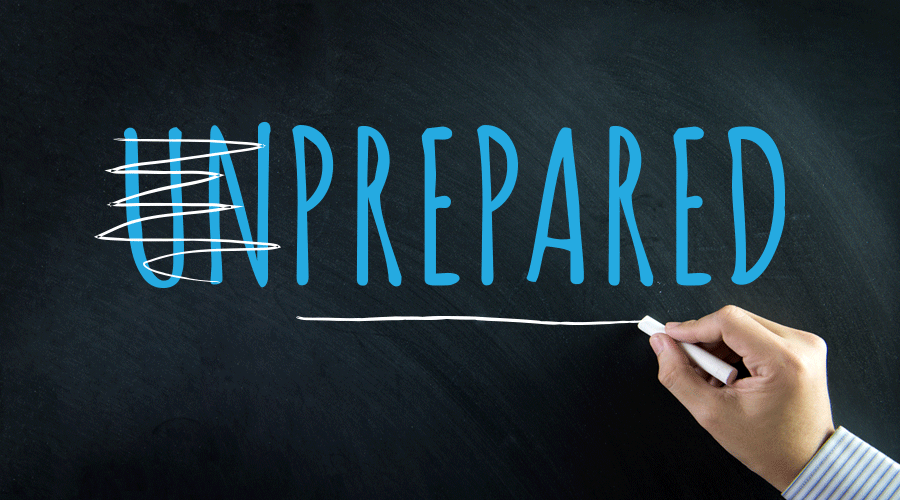Disaster can strike at any time, and you can mitigate the damage and stress caused by natural disasters by preparing your pharmacy beforehand.
How much emergency planning you do now will determine how long it takes to get back to business after the disaster.
Make sure you complete these five emergency planning activities in case an emergency threatens your pharmacy.
1. Create an emergency response plan
Often, small businesses spend time developing their emergency response plans, but don’t effectively communicate the plans to staff members. They also often fail to keep the plans updated. Make sure your plan is visibly displayed in the work area, and review it with your staff periodically.
Decide how your plan will change based on the number of patients in your pharmacy during the emergency. Review your plan to make sure it can accommodate children, the elderly and patients who are disabled.
For guidance creating an emergency preparedness plan, check out FEMA’s Ready Business preparedness program.
2. Back up your electronic records
You’ll be able to rebuild your pharmacy and patient-base much quicker if you don’t also have to rebuild your records.
Back up your electronic files, and store the backup data in an offsite medical records storage facility.
Keep a second set in a fireproof and waterproof hard drive in your pharmacy. Also, make sure to keep a copy of your insurance information and tax information from the last three years in your backup files.
3. Document your business equipment
Documenting your valuable business equipment before disaster strikes is critical for insurance and casualty loss claims.
Thoroughly document your tangible business investments by taking photos or recording video of every aspect of your pharmacy. Keep multiple sets of your photo or video files with your backup electronic records.
To compile your documentation, the IRS offers a workbook for businesses. Use it to ensure you have everything you need to prove the value of your items for insurance claims.
4. Get adequate insurance
Consider adding to your insurance plan or look into package policies for supplemental coverage based on your pharmacy’s assets and needs.
Flood or earthquake insurance may be a wise choice, depending on the location of your pharmacy, but other additions can benefit you in case of disaster, too.
Interruption insurance can cover the cost of lost operating expenses if your pharmacy closes its doors for a substantial amount of time to rebuild.
Or, extra expense insurance can pay costs in excess of normal operating expenses if your pharmacy is able to stay open while damages are repaired.
5. Set a communication plan
Keep a list of all of your staff members’ contact information, as well as important suppliers, and even patients with severe conditions who would need to communicate with you in or after an emergency situation.
By collecting this information beforehand, you’ll be able to communicate with essential contacts to keep your business running, or to get operations back to normal as soon as possible.
Hear real-life stories from pharmacists who have experienced damages to their businesses from natural disasters.












